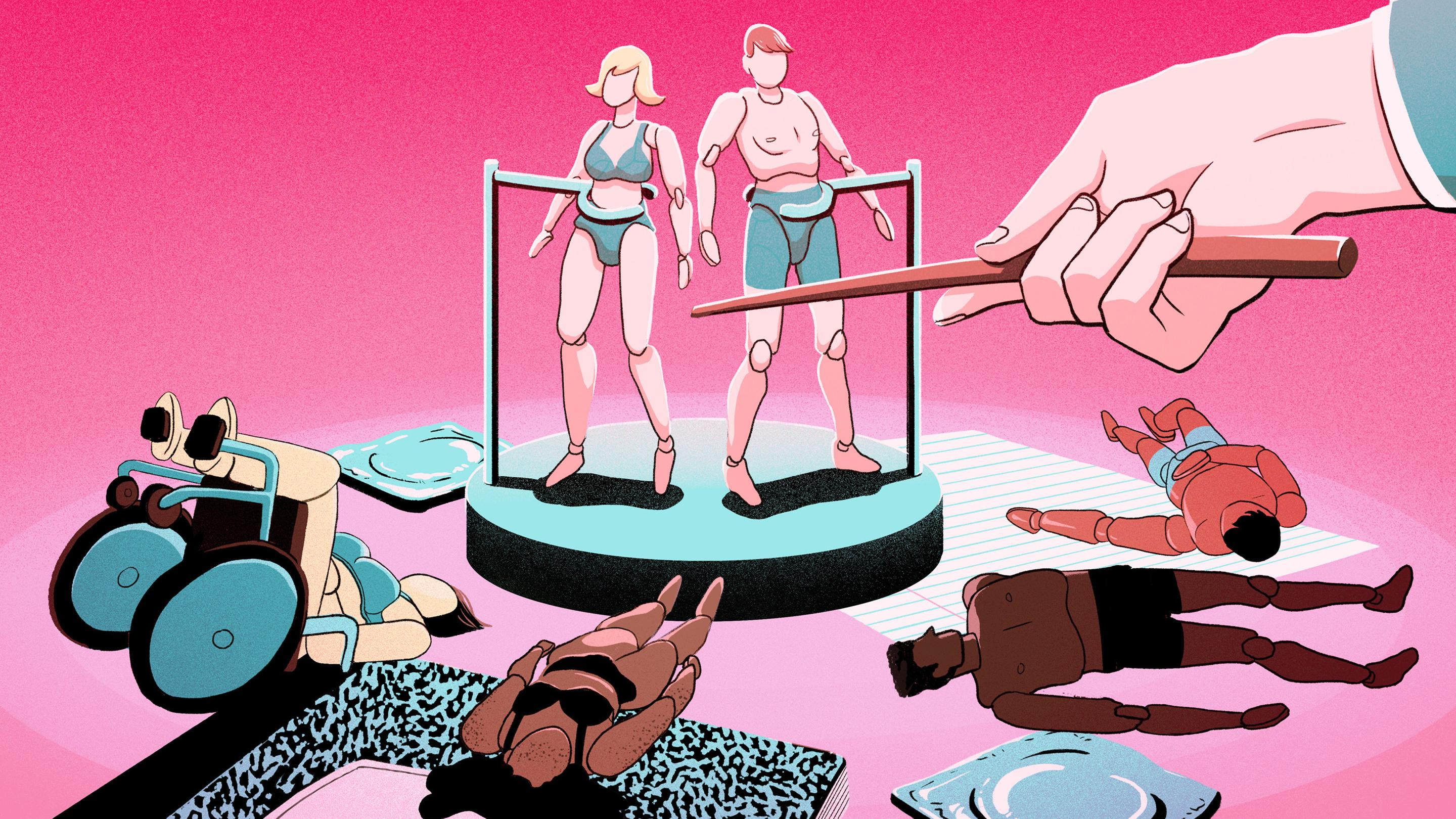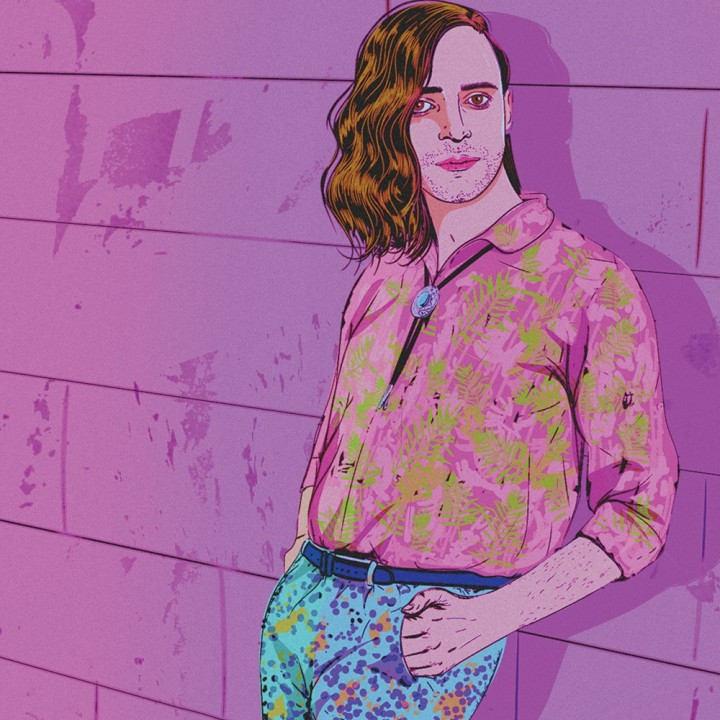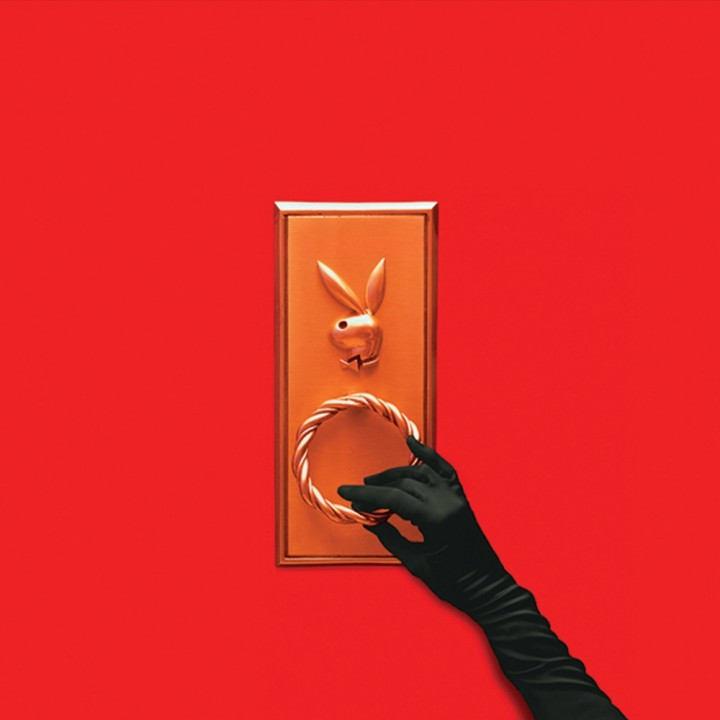
Sex Ed in America Is White-Washed. Here's How That Could Change
It’s no secret that sex education in the United States is falling behind the times. Here are the facts: As of 2016, only 24 states and the District of Columbia require public schools teach sex education. In addition, only 33 states require information be given on HIV/AIDS, but the most shocking statistic? Only 20 states require that the information given in sex education be “medically, factually, and technically accurate.”
The necessity of mainstreaming research, classes and resources that speak to the experiences that marginalized people face is about more than just representation. Sexuality itself touches on all of our lives in some way. If we neglect to center our resources on those who are so often systematically pushed aside, what does that say about our own ideas about progress? What does this say on who should be given space within the field of sexuality at large? If we are to move the sexuality field forward, it has to begin with acknowledging what people of color need.
These questions are being addressed by organizations dedicated to filling the need for sexuality resources tailored for communities of color. From Wild Party Club to WOCSHN, sexuality professionals are committing themselves to the work that makes the field what it should be for people of color: representative and inclusive.
Just a few years ago, you would have been hard-pressed to find sexuality resources that spanned beyond the traditional sex ed track. The importance of including communities that are too often pushed to the sidelines can’t be understated, but how does this connect? It’s important to, at first, discuss intersectionality. But what exactly is it?
Intersectionality is a term first coined in 1989 by Dr. Kimberlé Williams Crenshaw, a law professor and civil rights advocate, to describe the unique experiences that black women face through both gender and race oppression. The term has been expanded upon by other scholars, and now many people see intersectionality as a description of various identities that one may have (not only race and gender, but ability, class, age and everything in between). However, intersectionality is originally a concept that centered black women and other women of color.
Sexuality professionals are committing themselves to the work that makes the field what it should be for people of color: representative and inclusive.
The idea of intersectionality has only begun to be connected to the sexuality of women of color, and there are few sexual health resources that don’t take whiteness as the default. The desire for community-centered sexuality resources is both valid and innate, but yet, the current administration continues to target this access by funding abstinence-only education. Despite evidence proving its ineffectiveness, abstinence-only education remains the most recommended—further underserving the communities that need it most.
Optimism for things getting better only dims as this current presidential administration continues. In fact, it’s becoming more apparent how necessary inclusive, factual sexual education is—especially in light of the recent passing of SESTA. Many remain in the dark about the effects of the bill, which have already begun to impede on the lives and livelihood of sex workers. The bill has also resulted in growing concerns for future of free speech.
All this leads to the importance of people of color-specific resources. As a black bisexual polyamorous woman, Wild Party Club creator Ashley Ray found that a community was hard to find. “I dated people across the gender spectrum, and came to identify with polyamory. I got tired of reading from white women that [didn’t have my experiences in mind], so I needed a black perspective on polyamory, couldn’t find one, and decided to make my own. [Earlier t]his year, I decided to have a ‘hoe summer.’ All of a sudden, I had other friends that wanted advice and felt inspired and wanted to join in—so I started a group called Hoe Summer. Within a week, I had a 300-membership. It became this community of [marginalized folks from all walks of life] asking each other for advice, sharing the advice that we didn’t have.”
At its core, Ray sees Wild Party Club as a place where everyone has access to fun, inclusive sexuality resources. “The Wild Party Club centers marginalized and minority voices. We hope that they come to the site and realize that sexuality is more broad than they ever realized. I hope it inspires more sites that write about sexuality, sexual health to think more inclusively about their content. I just want people to start questioning that, and seeing polyamory as a legitimate choice. People who are polyamorous are well-rounded and live full lives.”
Wild Party Club isn’t the only new platform centering the needs of overlooked communities. Fly Black Zine is a zine that tackles how racism impacts the sexual health of people of color. As a zine, the creators and contributors are able to publish work that goes beyond the scope of mainstream publications, choosing to dive deep instead of remaining surface-level on sexuality topics. Other black sexual health advocates (like Feminista Jones and suprihmbé) turn to social media to publish their thoughts on everything from polyamory to sex work to orientations like asexuality and demisexuality.
In relationships, we emphasize communication, consent, and not being afraid to having those hard conversations. So why shouldn’t we carry these things over to how we’re intentional about centering on marginalized people?
Bianca Laureano, one of the group’s co-founders, speaks on why this is so important: “We are very much wanting to meet members where they are at and knew that if we really wished to retain each other in the field we needed to find livable wages and employment…Because our members are all over the world, we use social media to stay connected, have private conversations about working with others, posting training and job opportunities, and finding the professional development support we need. In many ways, we are paving a new way for how the women of color sexologists are represented and visible.”
At present, WOCSHN has nearly 100 members, but is steadily growing its roster. The membership directory boasts members’ various skills and areas of expertise, showcasing the diversity and expansiveness within sexuality professionals of color. And when it comes to what mainstream sex education can learn from Wild Party Club, Fly Black Zine, and other sexuality resources that focus specifically on marginalized communities, Ray says that it’s not too late to do better. “The best things that we can do is give marginalized folks a platform, because that’s how we learn the best. In relationships, we emphasize communication, consent, and not being afraid to having those hard conversations. So why shouldn’t we carry these things over to how we’re intentional about centering on marginalized people?”
Also financial support is crucial in keeping many of these platforms alive. In paying sexuality professionals from marginalized communities fair wages (instead of underpayment, which is unfortunately all-too-common for people of color across all careers), we not only support them directly but push forward the message that inclusion within the field is a requirement, not just a fringe niche.
The sexual health field has so much room to grow from where we are now. As it stands, many resources are kept from black communities of color—either through lack of education or economic privilege. Recent platforms are a vital step in the right direction, but the sexuality field at large has a responsibility to follow suit.
For everyone that aspires to have a liberated, pleasure-based, positive sex life, there should be adequate resources able to meet their needs. Here’s hoping that resources that take this to heart begin to create a new kind of sexuality education, for everyone.






